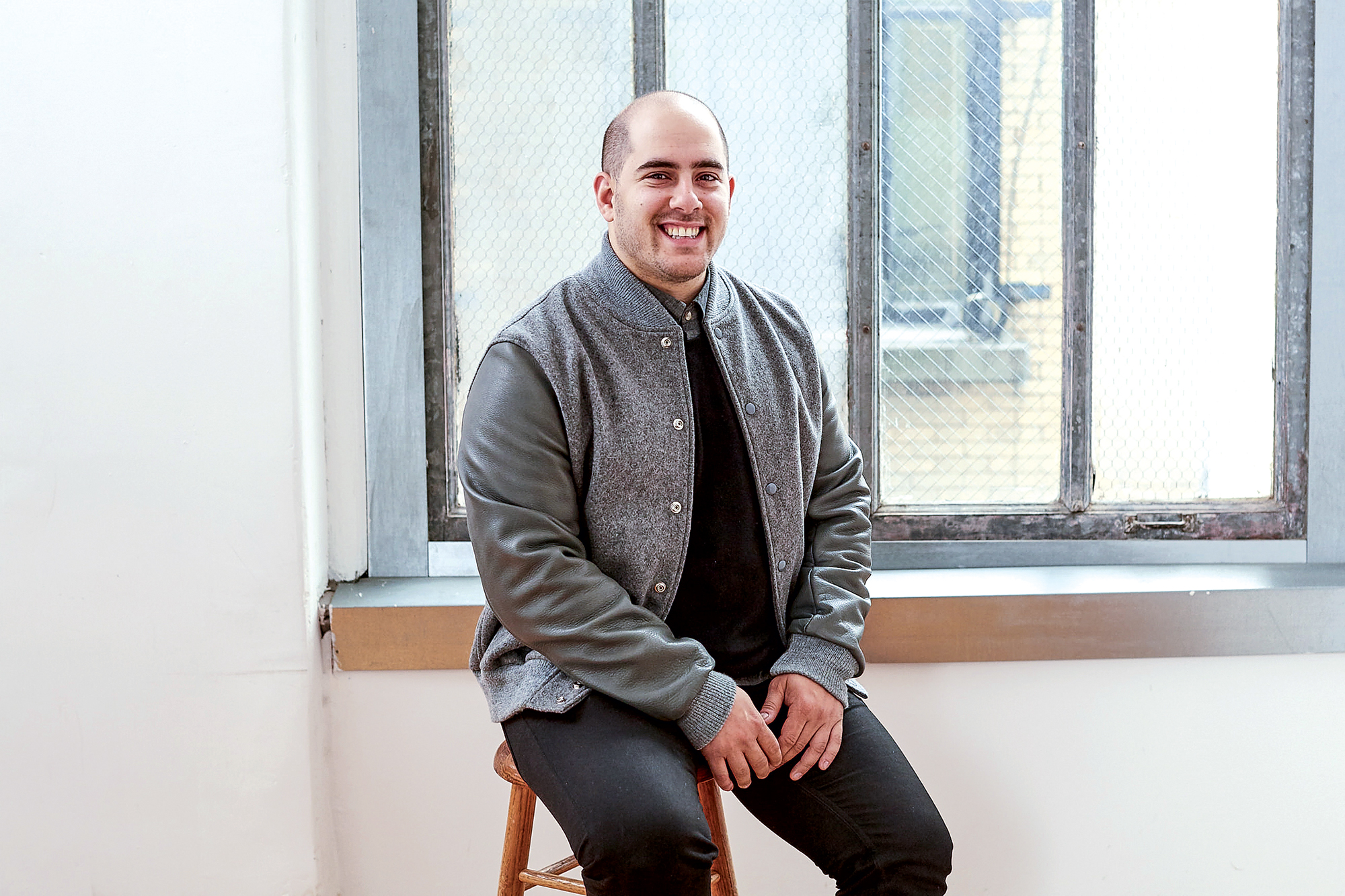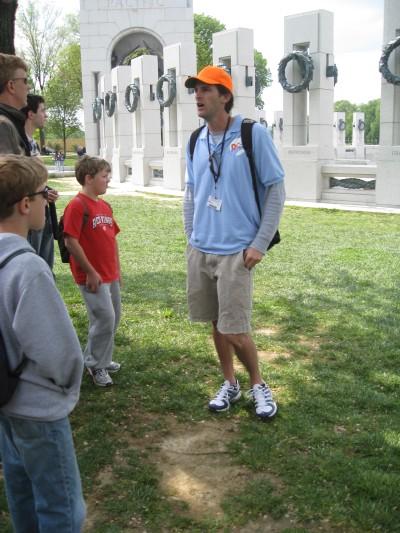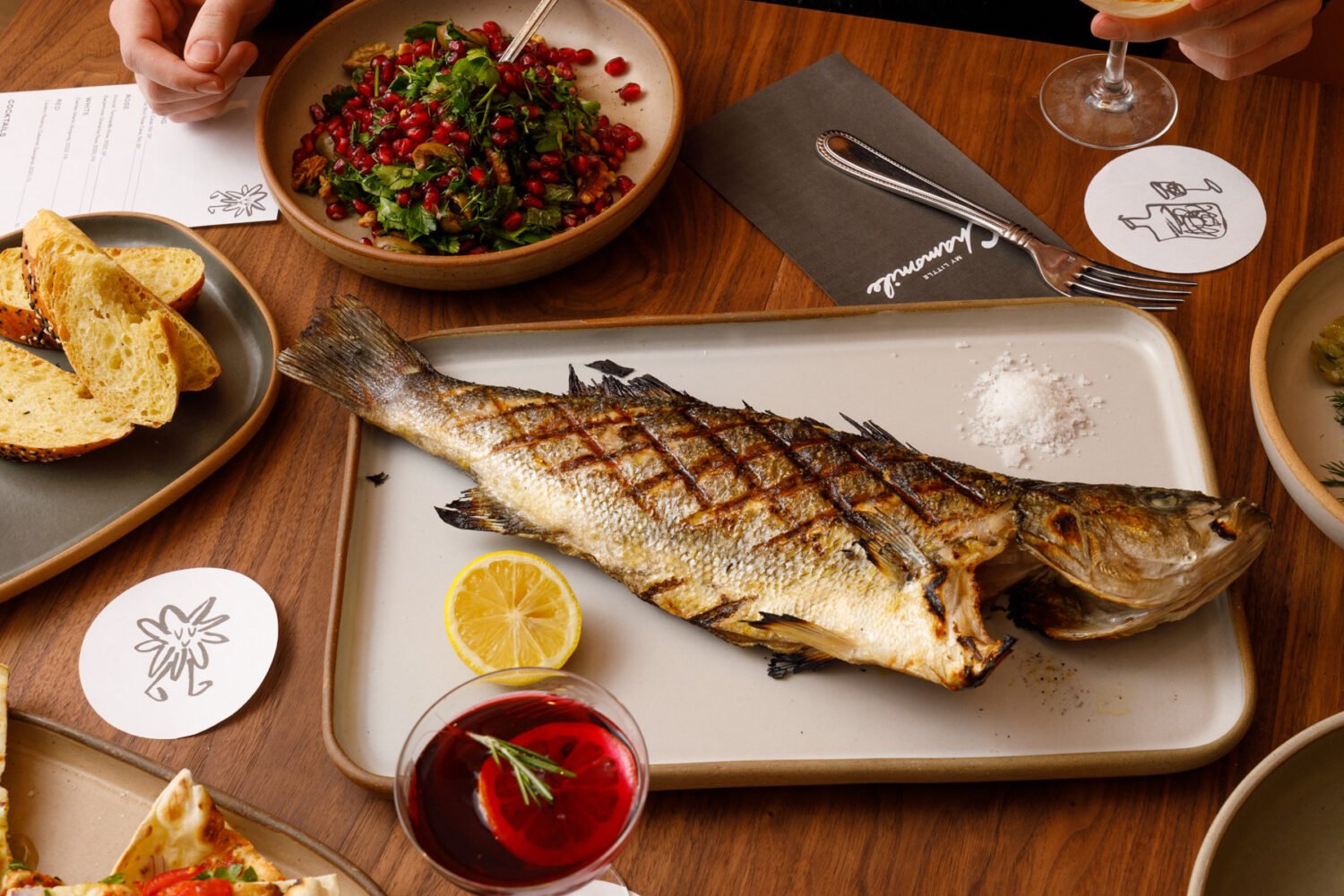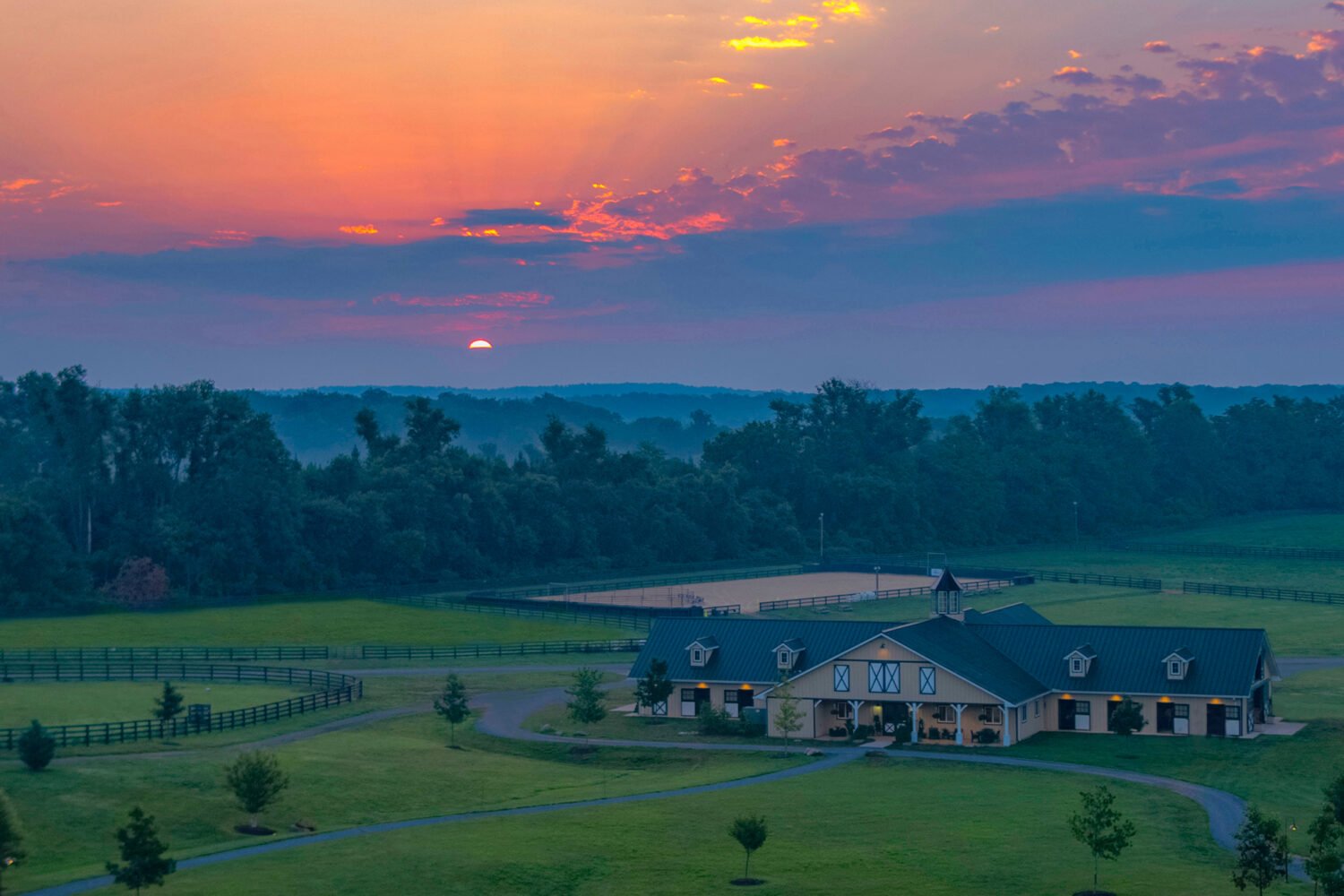Georgetown University students Nicolas Jammet, Jonathan Neman, and Nathaniel Ru opened their first Sweetgreen in 2007 in a little building on M Street in Georgetown. Since then, the salad chain has grown to 80 locations nationwide.
The trio is now converting that original location into the Tavern, an indoor farmers market named in honor of the old burger chain Little Tavern, which used to occupy the building. It’s scheduled to open in late September. We caught up with cofounder Jammet (left), who shared his favorite Georgetown memories and his predictions for the neighborhood.
Why start a business in Georgetown?
We were there for almost ten years as students, as business owners, and as residents. Looking back, it was a great place to start, especially a food business. Just looking at the mix of people who live there and visit—the students, the people who work at the university, and Virginia being right across the river—it’s really this exciting place with a lot of history.
Where in the neighborhood did you hang out as students?
Back when we started Sweetgreen, there was Wisey’s and Booeymonger. When we were in school, we spent a lot of time hanging out all over M Street. There was this place called Little Cafe that was great.
For eight years, a couple times a week if not every day, I would spend time on the C&O Canal, running on the towpath. Funny enough, our third restaurant was in Bethesda, and if you keep running on the towpath from Georgetown, you end up at our restaurant in Bethesda. I’ve gone on long runs from one Sweetgreen to another.
Are there resources in Georgetown you’d recommend for other new entrepreneurs?
Today there’s a whole entrepreneurship department at Georgetown University that did not exist when we were there. So it’s exciting to see all those resources available for the students. There are ways to take advantage of a university like Georgetown even if you’re not a student.
Before you opened your first Sweetgreen, that building was a burger shop?
The Little Tavern has a really exciting history. There were a lot of them around the DC, Maryland, and Virginia area. To this day, we will get people who went to Georgetown in the ’70s, and they come in asking for a bag of burgers.
Georgetown has seen a number of restaurants leave in recent years. What needs to happen for it to stay relevant?
Sometimes these things go in cycles, so I think we’re just seeing a bit of a cycle. It’s really exciting to see the greater development that’s happened in DC. Neighborhoods you normally wouldn’t have walked in ten years ago are the hottest neighborhoods in town. It’s exciting to see that growth in general.
I think Georgetown just needs to continue fostering an environment of embracing small businesses and start-ups. I look at a place like [the vegetarian taco shop] Chaia, and I’m a huge fan of what they do. Those two entrepreneurs are really incredible. The product is great, the space is really cool. Hopefully, that’s there for 20 years.
That’s why I think Grace Street is the next generation of Georgetown—a fresh energy between the businesses. There’s Chaia; a juice place, South Block; Grace Street Coffee Roasters; Dog Tag Bakery; and there’s us. There’s the SoulCycle next to us, which connects down to the waterfront.
Tell me about the Tavern.
We’re creating a market to celebrate all these producers and farmers from the region that we built our business with. Seven days a week, you can have access to these incredible ingredients. Just like ten years ago, we asked what Georgetown needs.
What memories do you and your cofounders still talk about from your time as students at Georgetown?
When we were starting to write the business plan for Sweetgreen, it was the beginning of senior year and we all lived around the corner from [what will be] the Tavern. Our teacher Will Finnerty was really supportive, but a lot of our other teachers weren’t very supportive. I remember specifically one of them told us, like, “You shouldn’t do this. Go lose somebody else’s money. Go work for like Goldman Sachs or a consulting agency.” So it’s exciting to see how far Georgetown has come in that respect.
Anthony Lanier [the landlord of the first Sweetgreen] is the one who saw these three students and took a chance. So much of how Georgetown develops is in the hands of the landlords and how open they are to letting new businesses come in and test things.
This article appears in the September 2018 issue of Washingtonian.

















